Skin depth is the distance from the surface of a conductor at which the field has decayed by \$\frac{1}{e}\$, or to about 37% of its surface value.
If you want to shield electronics with metals, there are three attenuation terms you need to consider
a) Impedance mismatch between free space and the conductor. This will reflect most of the incoming EM wave, the small amount absorbed will set up surface currents.
b) Attenuation due to the metal conductivity. If the conductor is, for instance 3 skin depths thick, then the current in the conductor will have decayed to a value of \$\frac{1}{e^3}\$ by the time it gets to the other side of the metal.
c) Impedance mismatch between the conductor and free space. The launching efficiency of currents in the metal into free space will be very poor.
Caveats and complications
For many situations, the two impedance mismatch terms will be large enough that mere foils of conductor will give you adequate screening to incident electromagnetic waves and near-field electrostatic coupling.
If the material is significantly less than a few skin depths, then near-field magnetic coupling could be a serious problem. Don't expect to shield 50 Hz transformer field with thin alli.
If the material has holes, these generally are not a problem. If it has slots, these can become resonant and act as antennas at certain frequencies. Note that a long seam that is not properly conductive across it due to poor contact is simply a long slot.
If the material has cable penetrations, these will act as coaxial transmission lines, conducting interference through with 100% efficiency. Single lines like power and low speed data should be RF shorted at the shield with low impedance capacitors. High speed data and RF should use coax with the shield grounded to the screening metalwork at the point of penetration.
